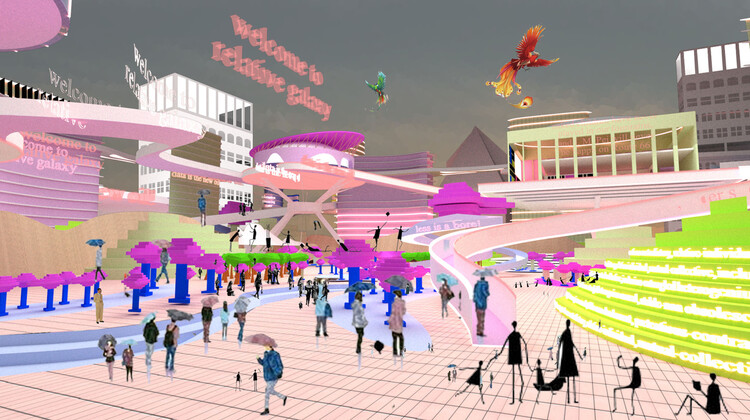
The metaverse promises to revolutionize our way of life. By integrating immersive technologies like virtual and augmented reality (VR and AR), it hopes to add another layer to the way we experience everyday life. It is suggested that the metaverse will create virtual spaces where people can meet and share experiences regardless of geographical constraints. The possibilities seem endless: exchanging knowledge, encouraging professional collaboration, developing and democratizing art, education, culture, and even enabling political engagement. Social interactions are at the core of the idea of a metaverse. This raises the question: how can the new, virtual spaces acquire the properties of public spaces?
At the moment, there are two types of environments that allow people to come together and share experiences: physical and virtual, represented mainly by social media. Physical public spaces are some of the most attractive spaces that cities can offer. They allow for unstructured social interaction and their character is defined by the people using them. However, when the pandemic forced everybody into lockdowns, the limitations of physical spaces came into focus, with the move toward virtual social spaces proving advantageous in multiple ways.


















